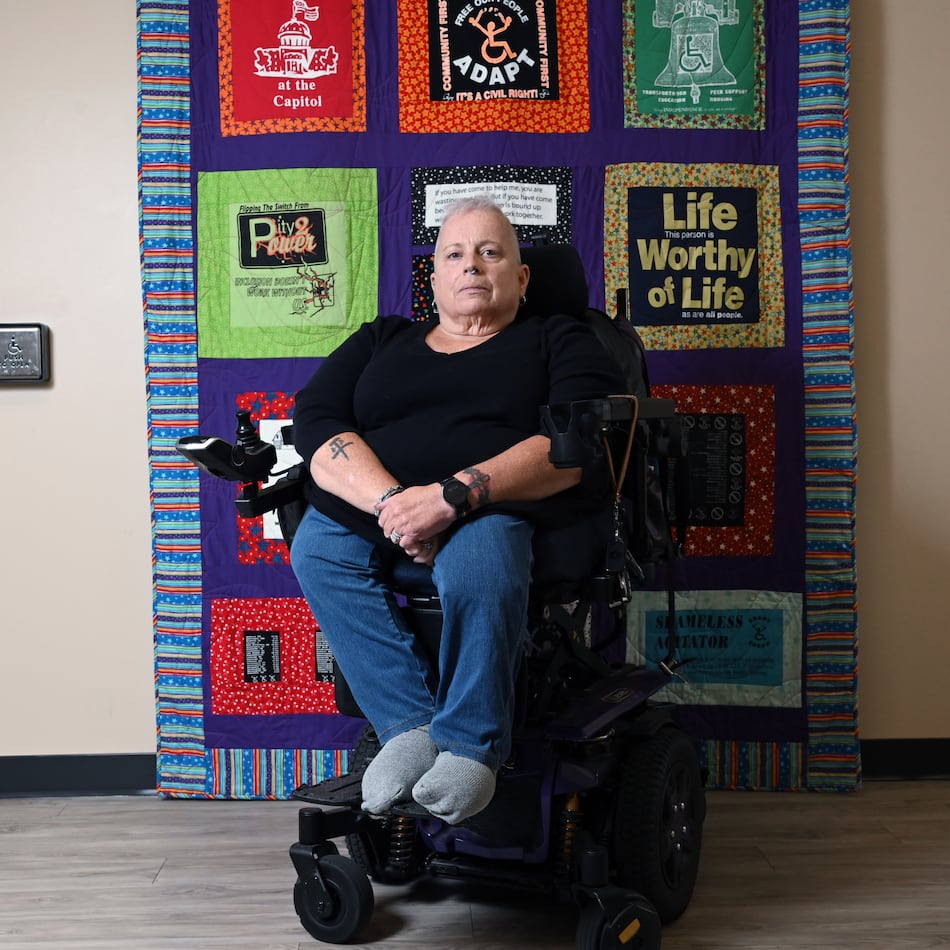YES: The toll extension will complete Ga. 400 plans that have been left undone.
By Howard Shookand and Yolanda Adrean
A mark of greatness is finishing what you start.
When Atlanta started Ga. 400 in the mid-1980s, the plans called for a series of interchanges that would feed the various communities along its route.
Unfortunately, not every planned interchange was included when the road was first built.
At the time, it made sense. Atlanta was still in the early phase of its growth and including ramps that joined I-85 and Ga. 400 was beyond our reach.
We have since matured as a community and now are recognized nationwide as one of the most vibrant and prosperous places in the country to live and work.
Even despite the challenges of the current recession, metro Atlanta gained more than 30,000 new residents in the last year.
Nearly 8,000 of them live in the city of Atlanta. That speaks volumes about the opportunities and quality of life that our city offers.
One of the few tasks left undone is our transportation infrastructure.
Critics of keeping Ga. 400 a tollway say that not removing the tolls would break a 20-year-old promise.
We disagree. Not keeping the tollway breaks the promise.
Without the planned connector ramps for I-85 and Ga. 400, the road isn’t finished.
And the neighborhoods we represent in the 7th and 8th Districts in the city of Atlanta will continue to pay the price with needlessly high levels of surface street traffic from motorists who never wanted to get off I-85 and Ga. 400 in the first place.
Nearly everyone in Atlanta complains about our traffic, yet comparatively few are taking action.
It’s time to do something about our traffic congestion. It’s time to finish what we started.
The bonds that were first issued to build Ga. 400 are due to mature in July 2011. We have the opportunity to issue new bonds that will be paid for with a new 50-cent toll to finish Ga. 400 the way it was envisioned.
Our surface streets will have less congestion, and the traffic between Ga. 400 and I-85 will flow more smoothly.
A study provided by the State Road & Tollway Authority (SRTA) states that each motorist will save four to seven minutes each time they use one of the new connector ramps.
And the whole project can be completed just three years from now in 2013.
We’re more than excited about the prospect of getting new connector ramps that link I-85 and Ga. 400.
We’re ecstatic about it. Paying the toll may not be the easiest thing to agree with right now, but it’s insignificant compared to the time and safety that we’ll receive in return.
Howard Shook represents District 7, and Yolanda Adrean represents District 8 on the Atlanta City Council.
NO: it's a back-door tax increase that breaks a promise to taxpayers.
By Chuck Martin
When a homeowner pays off 30 years or 360 payments of a mortgage, the bank is required to hand over the deed to the homeowner. The house becomes free and clear property of that homeowner. The bank has no claims to that residence.
For commuters in metro Atlanta, we, too, thought that after 20 years of paying off our “mortgage” — or tolls on Ga. 400 — we would own the road. We were told the highway would be debt-free and there would be no more payments due the bank.
But thanks to the actions of Gov. Sonny Perdue, the State Road and Tollway Authority (SRTA) and the Georgia Department of Transportation, a completed Ga. 400 has been re-mortgaged, and a “tax” will be collected at the toll booth to pay for personnel, operations and projects yet to be determined.
After July 2011 when the toll was supposed to disappear, I will refer to this 50-cent toll as a “tax” because the fee and its collection site have nothing to do with an undetermined list of improvements for the Ga. 400 corridor. The tax will also cover the cost to operate the SRTA bureaucracy.
Promises have been broken to the commuters, taxpayers and investors along Ga. 400.
In this era of big government and tea parties, that’s something the public won’t easily forgive. Government shouldn’t have a right to levy another tax — a toll if you like — without making a strong case to the public.
When SRTA makes its final bond payment on Ga. 400 on July 1, 2011, it will have approximately $42.5 million in reserves.
That’s enough revenue for a much-needed reconfiguration of the Ga. 400/I-85 interchange, estimated to cost $40 million.
But if state officials need more money for other projects, then they have an obligation to make a case to the public to create a new toll or tax and ask for permission.
If other projects are warranted along Ga. 400, then the next governor, the DOT and SRTA should make a case for the new projects and if needed collect a toll at the site or sites from those who will benefit from any new construction projects.
The sneak attack on commuters in which a toll was automatically renewed for another decade provided no opportunity for public input.
It was reminiscent of the type of governing we see in Washington today — the implementation of taxes without forethought to what it does to those who must pay taxes (in this case a 10-year, 50-cent toll).
After two decades of collecting tolls from tens of thousands of commuters, revenue should not be an issue along Ga. 400.
Each of us pays federal and state gas taxes every time we fill up our gas tank at the pump. The DOT should be able to find money for any additional improvements to Ga. 400 as they do elsewhere in the state.
For commuters to believe public officials who say “trust us” that this extension of the Ga. 400 toll turned tax will only be for just another decade causes every taxpayer in metro Atlanta and Georgia to lose faith in government.
Based on the actions of the governor and the agency officials involved, I say, rightly so.
State Rep. Chuck Martin, a Republican, is the former mayor of Alpharetta.
Keep Reading
The Latest
Featured

